|
|
|
 |
|
| The hydranut system is a tensioning system that is a direct retrofit for any existing tensioning system currently used on the Reactor Vessel |
| The system itself is of a modular design tensioner and integrated mechanical lock ring to tetain load generated through the use of hydraulice. |
| Hydranuts allow for 100% tensioning of all studs simultaneously, but also offer the flexibility of tensioning individual studs without compromising previously tensioned ones |
|
 |
|
 |
|
 |
|
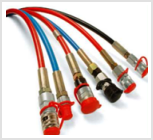 |
|
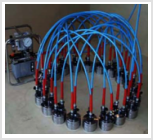 |
|
| HYDRANUT |
|
PUMP |
|
HOSE & COUPLER |
|
HYDRANUT SYSTEM |
|
|
 |
|
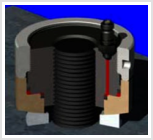 |
|
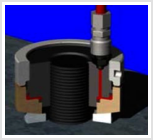 |
|
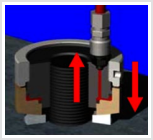 |
|
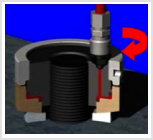 |
|
| Place hydranut in the bolt or stud |
|
Connect the hydraulic hose to all hydranuts |
|
Operate hydraulic pump and pressurize to Pre-determinded pressure |
|
Rotate the lock ring depressuruze the hydranlic system |
|
|
 |
|
| Typical hydranut applications |
| Application |
Time achieved |
| Steam safety valves |
3 minutes per flange |
| Heat exchangers |
20 minutes for closure |
| Reactor coolant pumps |
60 minutes for main flange |
| Steam generators |
18 minutes per manway |
| Reactor vessels |
90 minutes for main flange |
| Turbine valves |
15 minutes |
| Pressurizer manways |
20 minutes |
|
|
 |
|
| Absolutely achieves "ALARA" |
| - Reduces # of people involved |
| - Fastest possible way to close joint |
| - Keeps operators away from highest dose areas in short time |
|
| Maximizes "joint integrity" by applying 100% load simultaneously to all stud / bolts |
| Reduces risk of injury by avoiding the use of heavy equipment and dangerous processes |
| Predictable timing for activity allows for accurate "critical path" planning |
| Reduced risk of "galling" reduces cost of stocking, and expediting materials. |
|
|